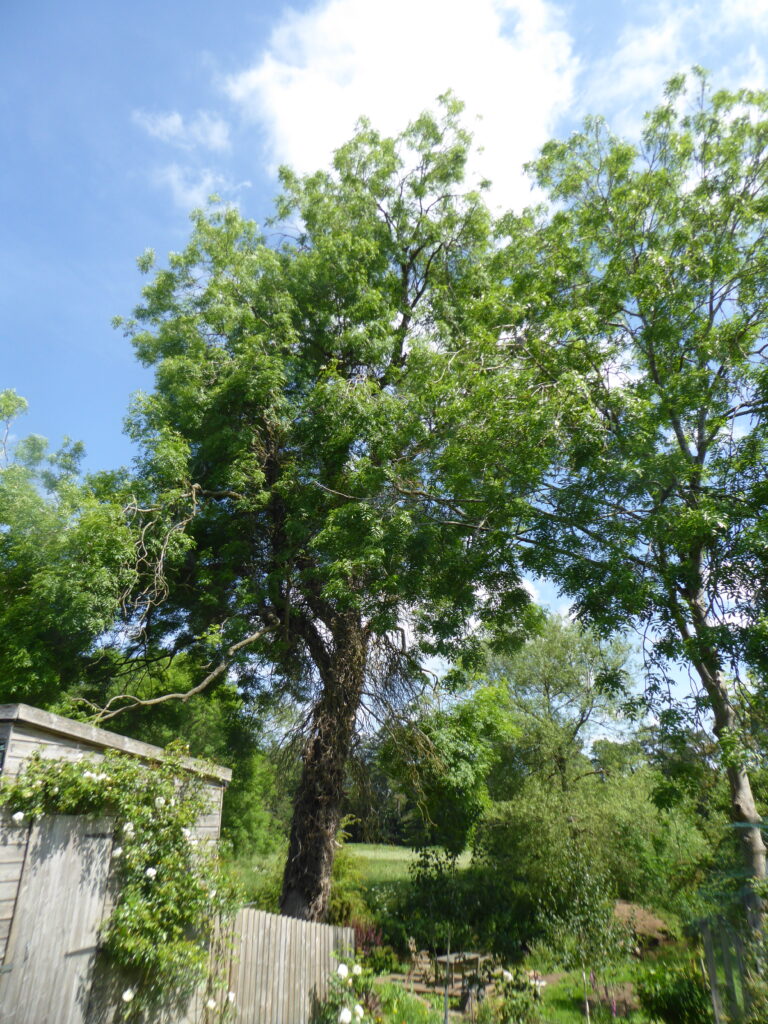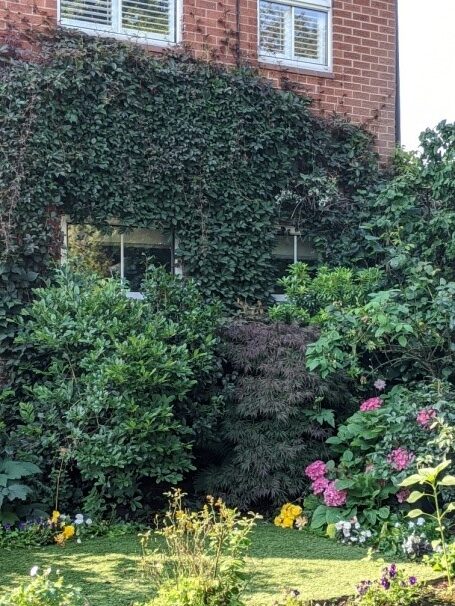Big trees and climbing plants can make a property look lovely. A beautiful wisteria above the front door no doubt adds to the visual appeal of a property. However plants and trees can cause quite a few different defects which may damage your house. In todays blog we are going to discuss a few common issues.
Trees and property
Trees and large plants can have an impact on the foundations, grounds and drainage of a property. The first big risk of a tree is the obvious, It could fall down and damage anything it may land on, including the house. Trees roots are also a problem and can have a spread of up to 2.5 times their height. When roots absorb the water from the soil around them it can cause ground movement which may affect the property. Roots can also get into drainage systems and foundations, these roots can weaken the structures.
An obvious solution you would think would be to cut it down. However when you remove a tree it means less water is being absorbed from the soil, in some soil types such as clay this can cause a swelling of the ground over time which cause movement of the building.
Therefore it is important with trees and larger plants to ensure that you monitor them and maintain them in a way to reduce harm to the structures of your property. This can be done in a number of ways and it is important to ask a professional for a maintenance plan.

Climbing plants

Many home owners may wish to add climbing plants to the outside of the home to add colour or interest to their home.
Climbing plants such as ivy grow fast and can damage the mortar joints in the brickwork, this not only weakens the walls but allows water to get into the property causing penetrating damp internally.
These kind of plants also commonly can get into the roof spaces of property’s through soffits, facias and verges. Which can damage such fittings. Broken guttering’s from climbing plants is a common issue.
It is important to keep these plants under control, and ideally they should be removed to prevent damage to the property.
Plants and properties and how they interact
Tweet
